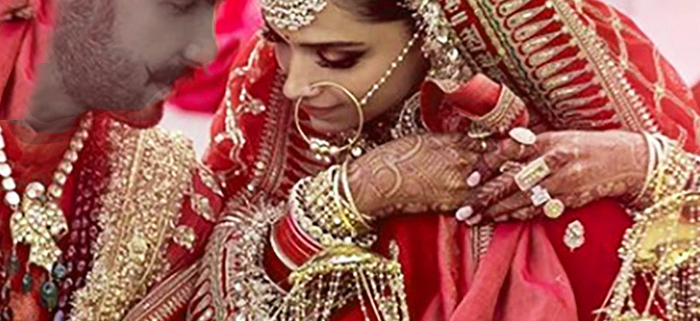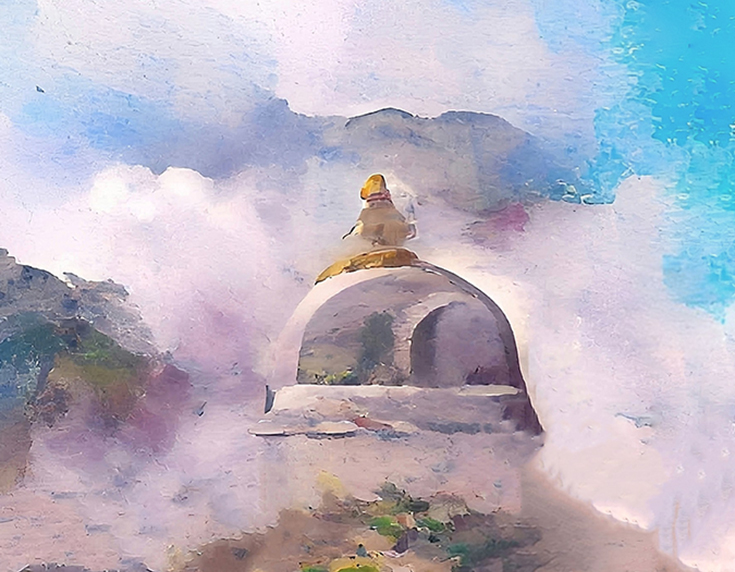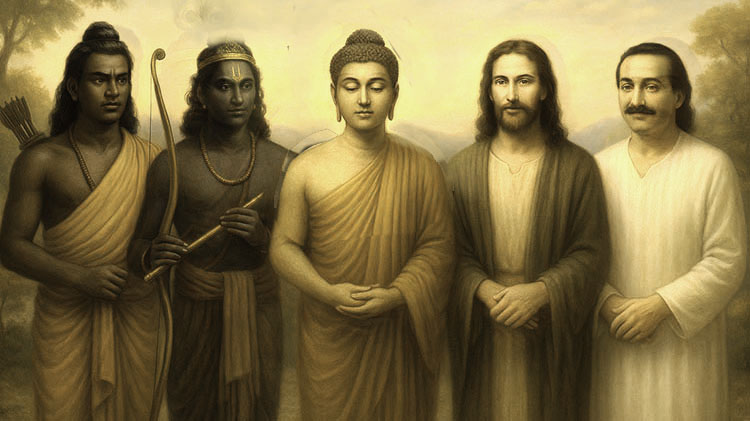The River Ganges starts in the Himalayas from the melting snow. It flows by Rishikesh, Hardwar and winds its' way all the way down to Varanasi, civilization sprang up on its Northern Banks, perhaps since 11 thousand BC. Regarded as the spiritual capital of India. A major religious hub in India, it is the holiest of the seven sacred cities in Hinduism and Jainism, among the estimated 23,000 temples in Varanasi.,
VARANASI AND THE SACRED RIVER GANGES EARLY MORNING
The most prominant Temples : ashi Vishwanaath Temple of Shiva is one of the most famous Hindu temples dedicated to Lord Shiva. The Sankat Mochan Hunuman Temple. .. The Durga Temple. Varanasi/Benaras/Kashi is an educational and musical centre, many prominent Indian philosophers, poets, writers, and musicians live or have lived in the city, and it was the place where the Benares Gharana form of Hindustani classical music was developed. One of Asia's largest residential universities is Banaras Hindu University... Varanasi has been shaped by Hindu, Muslim, and Buddhist influences due to a combinion of factors: the city’s mythological links to the widely revered deity of Shiva, its proximity to the site of Sarnath where the Buddha delivered his sermons, and being located on the banks of the Ganges linked to ancient trade and commerce routes.
VARANASI ELEVATOR HOTELS

Varanasi's famous Silk Wedding Sarees.
Assi Ghat is at the southern end of the city and is the last of the major bathing ghats still to have it’s clay bank. Today it remains one of the most spiritual ghats, with the Panchatirth and Haridwar pilgrimages both requiring a stop here. Bathing here is deemed very auspicious (but the Ganges is very polluted now), as ancient texts describe Assi as a small river that flowed here into the Ganga. Easy to reach by car. Assi Ghat is the easiest ghat to get a boat. Ganga Mahal Ghat is located at the northern extent of Assi Ghat.
The 85 Ghats of Banaras
SARNATH - AYODHYA - MATHURA. - VRINDAVAN - DWARKA
KASHMIR - SRINAGAR - MEHERABAD
--------------------------------------------------------------------------------------------
SARNATH AVATAR Buddha and Rama
on to Sarnath & Ayodhya.
SARNATH AVATAR Buddha and Rama
AVATAR MEHER BABA'S SAMADHI TOMB . SAMADHI VISIT
 ANN LOVELL ART
ANN LOVELL ART
AVATAR MEHER BABA'S SAMADHI TOMB . SAMADHI VISIT
SARNATH AVATAR Buddha and Rama
 Rama Krishna Buddha Jesus Meher Baba.
Rama Krishna Buddha Jesus Meher Baba.